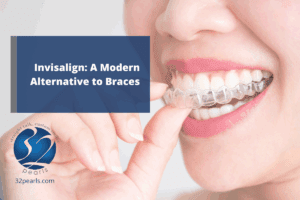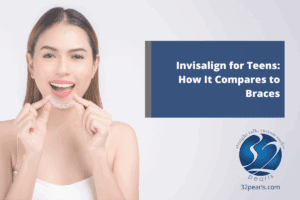Many people are finding that having an HSA (health savings account) not only helps keep medical costs lower but is advantageous at tax-time, too. The trick is knowing what is—and what isn’t—an allowable deduction. But before we go there, let’s review exactly what an HSA is and how it works.
A health savings account combines high deductible health insurance with a tax-favored savings account to provide money to pay for deductible costs and sometimes, under certain conditions, to pay premiums. Once the deductible is met, the insurance kicks in and any money left in the account after the deductible is met is yours to keep (unlike some accounts which have a “use it or lose it” clause).
A high deductible health plan can cost less than other health plans and can pay 100% of covered expenses after the deductible is met. But there’s the rub: how do you know which expenses are and which are not covered? Essentially, any expense that is not purely cosmetic is probably covered.
For dental expenses, that includes dental services that are preventive in nature, such as the services of a dental hygienist, cleanings, the application of sealants, and fluoride treatments to prevent tooth decay. It also includes those services provided to alleviate dental diseases, such as fillings, X-rays, braces, extractions, dentures, and other dental ailments. It can include such treatments as veneers if they are not purely cosmetic in nature, such as to repair chipped teeth or other defects in tooth structure.
So let’s say you visit your dentist for your annual exam. The dental hygienist cleans your teeth and you have X-rays taken to check for decay or other problems. You have a tooth that needs a root canal and a filling plus a crown. In addition, your dentist determines that you should have braces put on your teeth to correct your overbite. All those procedures and appliances are covered under the terms of your HSA.
However, if you decide that you want your teeth whitened or you want veneers to make your smile prettier, those are not covered expenses and the money in your HSA cannot be used (tax-free) to cover them. (If you withdraw money from your HSA for expenses other than those allowed, you are taxed on the money you withdraw. As long as you use the money to pay for covered expenses, the money is tax-free.)
Although unnecessary cosmetic surgery is not included as a covered medical expense, there are times when cosmetic surgery is covered—when it meaningfully promotes the proper function of the body or prevents or treats illness or disease. So if you chip your front tooth, veneers would be covered, since in this case, it would promote the proper function of the tooth involved. Other veneers put on at the same time for improving your appearance would not be covered.
Talk to your tax professional if you are interested in the tax advantages of an HSA. It may be the smartest way to budget for dental and medical expenses in the long run.





